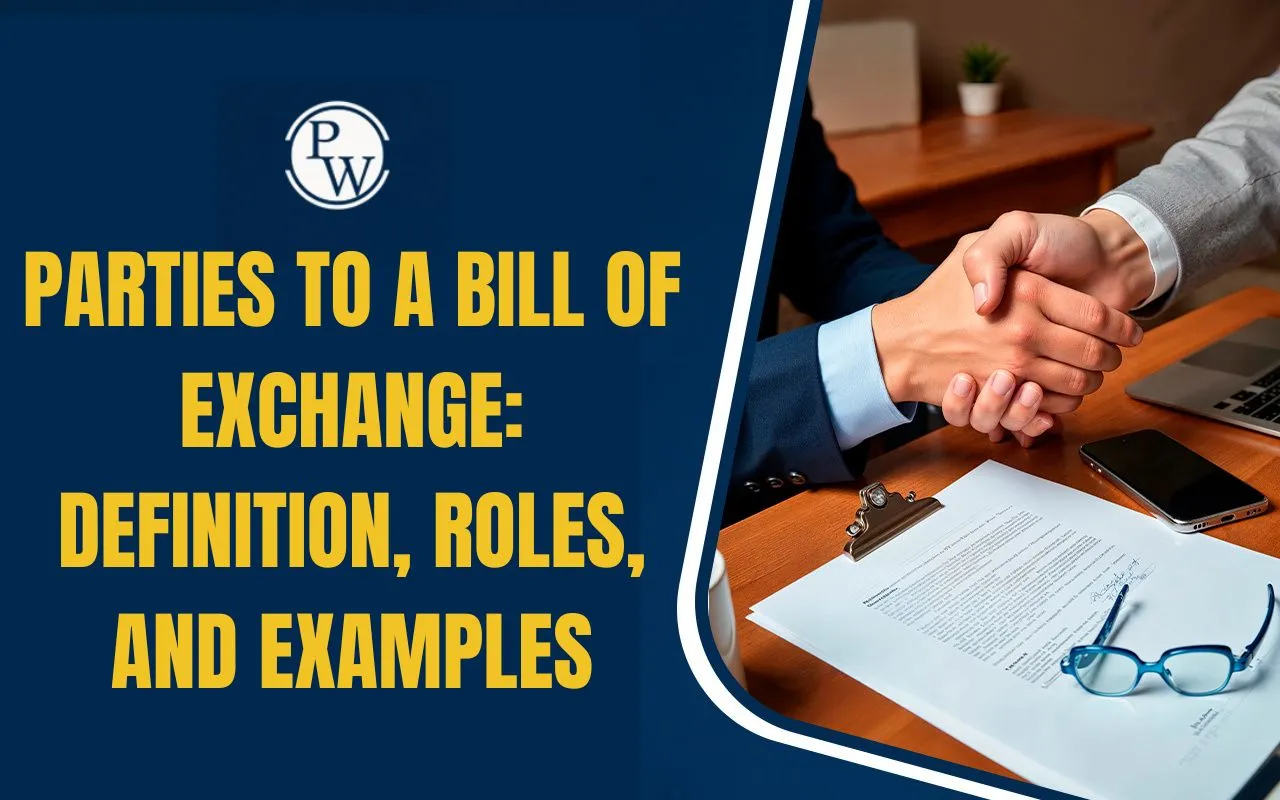E-commerce:
Electronic commerce, commonly known as e-commerce, is a revolutionary concept encompassing the buying and selling of goods and services online. It has become a pervasive force today, with companies and individuals engaging in e-commerce transactions across various market segments. This digital platform enables commerce seamlessly through computers, tablets, smartphones, and other intelligent devices.
The scope of e-commerce is vast, offering diverse products and services that can be accessed and purchased online. Every imaginable item is available for sale through e-commerce channels, including books, music, plane tickets, and even financial services such as stock investing and online banking.
This widespread availability of goods and services through e-commerce has contributed to its reputation as a highly disruptive technology, fundamentally transforming traditional business models.
What is an E-commerce Website?
An e-commerce website serves as a virtual storefront online, providing a platform for buyers and sellers to transact. It serves as an online representation of a business, allowing customers to browse and select products or services. The e-commerce website plays the role of a traditional physical store by showcasing products, assisting customers in their purchasing decisions, and facilitating the transaction process.
There are different approaches to establishing an
e-commerce
presence. Some businesses choose to leverage established online marketplaces like Amazon, where they can create a branded store experience within the platform. Others opt to build their dedicated e-commerce websites on a specific domain.
Additionally, some businesses adopt a multi-channel approach, utilizing various online platforms such as social media and email marketing to expand their reach and engage with customers.
Takeaways Regarding E-commerce
-
Internet-based Transactions:
E-commerce facilitates the exchange of goods and services through digital platforms, primarily the Internet. This allows individuals and businesses to engage in transactions without the limitations of physical proximity.
-
Multi-Device Accessibility:
E-commerce transactions can be conducted through a variety of devices, including computers, tablets, smartphones, and other smart devices. This flexibility ensures that consumers can conveniently access online marketplaces wherever they are.
-
Extensive Product Range:
One of the defining characteristics of e-commerce is its vast product range. Almost any product or service can be purchased online, making it a highly competitive environment for businesses operating within this realm.
-
Substitute for Physical Stores:
E-commerce has become a potential substitute for traditional brick-and-mortar stores. While some businesses maintain a physical presence alongside their online operations, others operate solely in the digital space, benefiting from the lower costs and broader customer reach that e-commerce offers.
-
Market Segments:
E-commerce operates in several market segments, each catering to different types of transactions. These segments include business-to-business (B2B), business-to-consumer (B2C), consumer-to-consumer (C2C), and consumer-to-business (C2B).This diverse range of market segments accommodates various commercial interactions and enables individuals and organizations to engage in e-commerce based on their specific needs and preferences.
What is an E-commerce Business?
An e-commerce business refers to a company that generates revenue by selling products or services online. The range of products and services that can be offered is diverse, spanning from software and apparel to housewares and web design services.
An e-commerce business can operate solely through a single website or utilize multiple online channels to reach customers, such as social media platforms and email marketing campaigns.
The functioning of e-commerce revolves around connecting buyers and sellers through electronic channels. To begin with, an online channel, such as a website or social media platform, is necessary to showcase products and services and allow customers to make purchases.
A payment processor enables the secure exchange of goods or services for monetary transactions. Following a successful transaction, the customer typically receives a confirmation email or SMS and a printable receipt for their records.
In the case of a product transaction, the seller is responsible for shipping the items to the customer and providing a tracking number via email or SMS for order tracking purposes. On the other hand, for service-based transactions, the service provider may communicate with the customer to schedule and fulfill the requested service.
Starting an e-commerce business involves several steps, which may vary based on factors such as the nature of the products or services offered. Here are some general steps to guide the process:
-
Research business ideas:
Explore potential product or service offerings, identifying market demand and competition.
-
Validate market demand:
Ensure a viable customer base is interested in purchasing the products or services you plan to offer.
-
Determine sales and shipping strategy:
Decide how you will manage the sales process and ship products to customers, considering inventory management and order fulfillment factors.
-
Find suppliers and manufacturers:
Establish relationships with reliable suppliers or manufacturers who can provide the products you intend to sell.
-
Choose online channels:
Determine which platforms you will utilize to sell your products or services, such as an Amazon store or social media channels.
-
Create a website or online storefront:
Build a dedicated e-commerce website or utilize existing platforms to create an online presence and upload your products or services for display and purchase.
-
Develop a fulfillment strategy:
Plan handling order fulfillment, including inventory management, packaging, and shipping logistics.
-
Promote and attract customers:
Implement marketing strategies to raise awareness of your e-commerce business, attract customers, and generate sales through promotions, advertising, and other customer acquisition methods.
Types of E-commerce
E-commerce encompasses various business models and approaches defining various online transaction types.
These different types of e-commerce models highlight the diverse ways online transactions take place, catering to the specific needs and dynamics of various market segments. Whether it is businesses selling directly to consumers, individuals offering services to companies, or governments engaging in online commerce, e-commerce continues to evolve and reshape the way transactions occur in the digital age.
The following are some common types of e-commerce, each with its distinct characteristics and target audience:
-
Business-to-Consumer (B2C):
This is the most prevalent e-commerce model, where businesses sell products or services directly to individual consumers. B2C transactions occur when consumers purchase items from online retailers like clothing, electronics, or home goods. It is a one-way transaction, with businesses acting as sellers and consumers as buyers.
-
Business-to-Business (B2B):
B2B e-commerce involves businesses selling products or services to other businesses. In this model, companies may sell bulk quantities of products to retailers, wholesalers, or manufacturers. B2B transactions often occur in supply chains, where products are sourced from one business and distributed or resold by another.
-
Consumer-to-Business (C2B):
C2B occurs when individual consumers offer products or services to businesses. This model is commonly seen in freelance marketplaces or platforms where consumers can sell their skills or expertise to companies. Examples include freelance writing, graphic design, or consulting services.
-
Consumer-to-Consumer (C2C):
C2C e-commerce enables consumers to sell products or services directly to other consumers. Online marketplaces or platforms facilitate these transactions, connecting individuals who wish to buy and sell items without the involvement of businesses. C2C platforms can range from auction-based websites to peer-to-peer marketplaces.
-
Business-to-Government (B2G):
B2G e-commerce involves businesses selling products or services to governments or government agencies. These transactions often occur in government procurement processes, where businesses compete to secure contracts for supplying goods or services to the public sector.
-
Consumer-to-Government (C2G):
C2G refers to consumers selling products or services to governments or government agencies. Examples include individuals submitting bids for government contracts or selling items to government entities through designated channels.
-
Government-to-Business (G2B):
G2B e-commerce occurs when governments or government agencies sell products or services to businesses. This can involve government departments providing specialized services or selling business licenses and permits.
-
Government-to-Consumer (G2C):
G2C e-commerce involves governments or government agencies selling products or services directly to individual consumers. This can include government entities' services, such as online tax filing, payment of fines or fees, or issuing official documents.
Where and How Does E-commerce Take Place?
The e-commerce landscape is constantly evolving, offering various platforms and channels for online shopping. Consumers now have the flexibility to engage in e-commerce through a range of devices, including computers, smartphones, tablets, and other connected devices. Let's explore three distinct methods through which e-commerce takes place today:
-
M-commerce (Mobile Commerce):
M-commerce refers to online transactions that occur on mobile devices. With the widespread availability and usage of smartphones globally, m-commerce has gained significant traction. In fact, it is projected that m-commerce will contribute to more than 43% of total retail e-commerce sales in 2023, marking a nearly two percent increase from the previous year.The convenience and accessibility of mobile devices have led to a growing trend of consumers conducting product research and making purchases directly through their phones. To adapt to this shift in consumer behavior, businesses must optimize their online stores to provide a seamless mobile shopping experience.
-
Enterprise e-commerce:
Enterprise e-commerce involves the buying and selling of products specifically targeting large companies or organizations.When a sizable business expands its operations to include online sales, particularly if they offer a wide range of products or multiple brand lines, it participates in enterprise e-commerce. This model caters to larger corporate buyers' unique needs and demands, often involving customized pricing, bulk purchasing, and specialized account management.By embracing enterprise e-commerce, businesses can tap into the potential of selling to large enterprises and capitalize on the advantages of streamlined online procurement processes and the convenience it offers to both buyers and sellers.
-
Social Media e-commerce:
Social media platforms have become powerful tools for marketing and promoting e-commerce stores to a vast audience. In addition to connecting with friends and family, social media enables businesses to engage with potential customers in an informal setting. Social media marketing, when executed effectively, can help businesses achieve several objectives:
-
Attract New Customers:
By leveraging the vast user base and targeting capabilities of social media platforms, businesses can reach and attract new customers interested in their products or services.
-
Build Brand Awareness:
Social media allows businesses to create a strong brand presence, enabling them to showcase their offerings, share content, and interact with customers. This helps in building brand awareness and loyalty.
-
Generate Online Sales:
Social media platforms also provide opportunities for businesses to drive online sales directly through features like shoppable posts, social commerce integrations, and targeted advertising campaigns.
By leveraging the power of social media, businesses can expand their reach, engage with their target audience, and ultimately drive conversions and revenue.
Looking for the Best Commerce Coaching?
Enroll Now in
PW Commerce Batches!
E-Commerce Advantages and Disadvantages
Advantages of E-commerce:
-
Convenience:
One of the major advantages of e-commerce is its convenience. Online stores are accessible 24/7, allowing customers to shop at their own convenience, irrespective of time or location. This flexibility enables businesses to generate sales even when their physical stores are closed, providing a constant revenue stream.
-
Increased Selection:
E-commerce offers consumers various products and services. Online stores often have a wider selection compared to brick-and-mortar stores, and some exclusively digital businesses even offer a unique inventory that cannot be found elsewhere. This extensive product range gives customers more choices and options for their purchases.
-
Potentially Lower Start-up Cost:
E-commerce businesses typically have lower start-up costs than traditional brick-and-mortar stores. While physical storefronts require rent, insurance, maintenance, and taxes, operating digitally can significantly reduce these expenses. Although e-commerce companies may need a warehouse or manufacturing site, the overall cost of running an online store is generally more affordable.
-
International Sales:
E-commerce transcends geographical boundaries, allowing businesses to sell their products or services globally. As long as the e-commerce store can ship to a particular location, it can reach customers worldwide. This opens up new markets and customer bases, enabling businesses to expand their reach and increase sales.
-
Easier to Retarget Customers:
Digital storefronts make it easier to retarget customers through various marketing techniques. By tracking customers' browsing behaviour, e-commerce businesses can strategically place advertisements, run targeted marketing campaigns, or display pop-ups tailored to individual preferences and interests. This personalized approach enhances the chances of attracting customers and increasing conversions.
Disadvantages of E-commerce:
-
Limited Customer Service:
Online shopping lacks the immediate assistance and personalized customer service in physical stores. Customers cannot physically interact with products or seek guidance from knowledgeable staff members. While some online stores offer live chat support, it is not as widespread as face-to-face assistance.
-
Lack of Instant Gratification:
E-commerce purchases require shipping time, delaying the purchase and receipt of the product. Unlike physical stores where customers can walk out with their purchases immediately, online shoppers must wait for the delivery. However, advancements such as same-day delivery options are somewhat mitigating this disadvantage.
-
Inability to Touch Products:
Online images and descriptions may not fully convey the characteristics and quality of a product. As a result, e-commerce purchases can sometimes lead to dissatisfaction when the received items do not match consumer expectations. For example, clothing may feel different or be made from lower-quality materials compared to what appeared in the online image.
-
Reliance on Technology:
E-commerce businesses heavily rely on technology infrastructure. Technical issues, such as website crashes, overwhelming traffic, or the need for temporary takedowns, can disrupt online operations and render the business inactive until the issues are resolved. Dependence on technology introduces vulnerability to potential disruptions.
-
Higher Competition:
The low barrier to entry in the e-commerce industry means that competition can be intense. While the lower cost of entry is advantageous for businesses, it also allows competitors to enter the market easily.E-commerce companies must continuously develop effective marketing strategies and stay vigilant in optimizing their websites for search engine optimization (SEO) to maintain a competitive edge and ensure their digital presence stands out.













